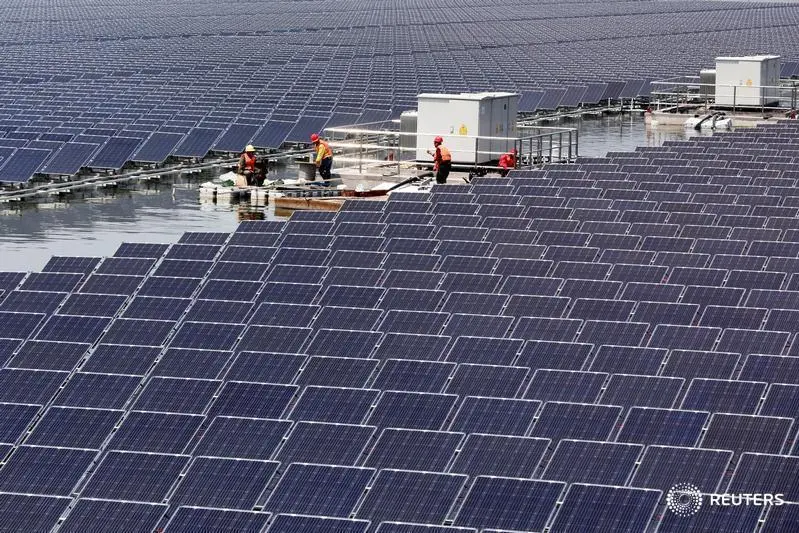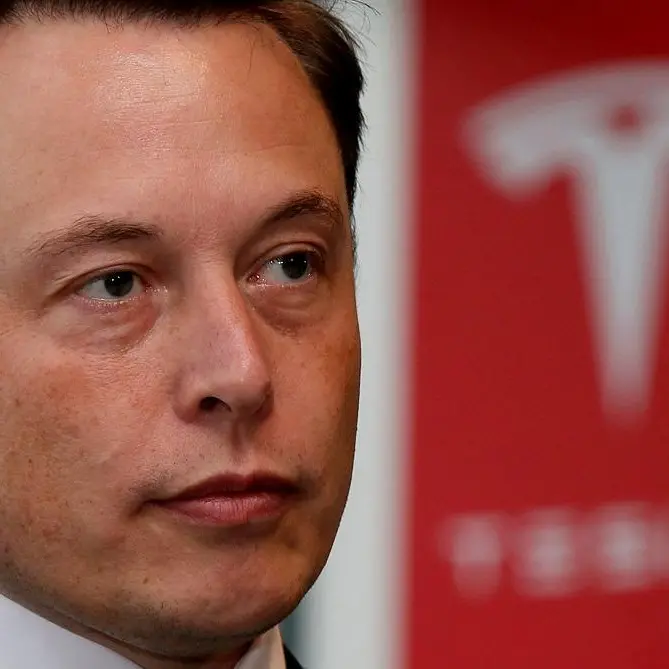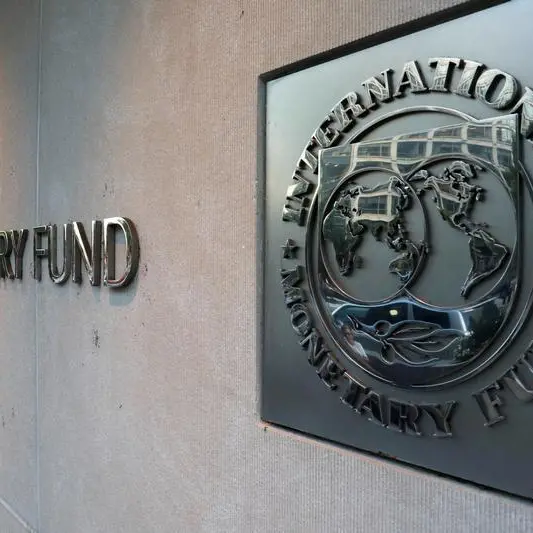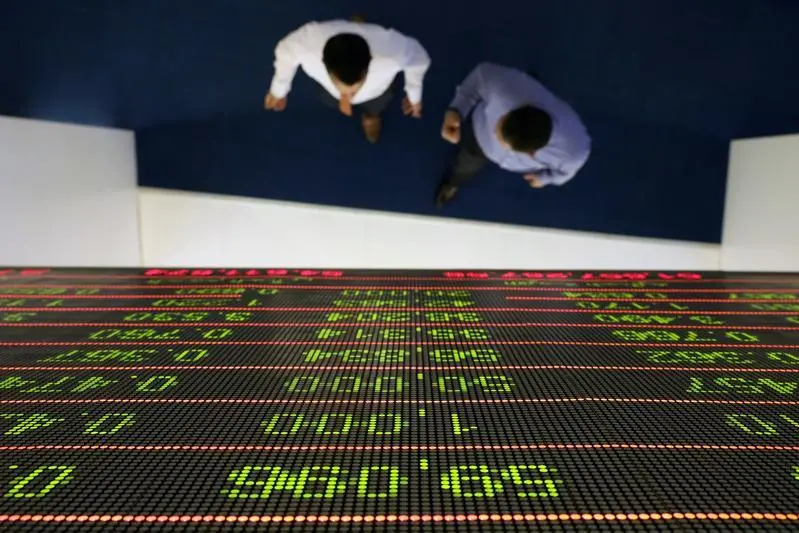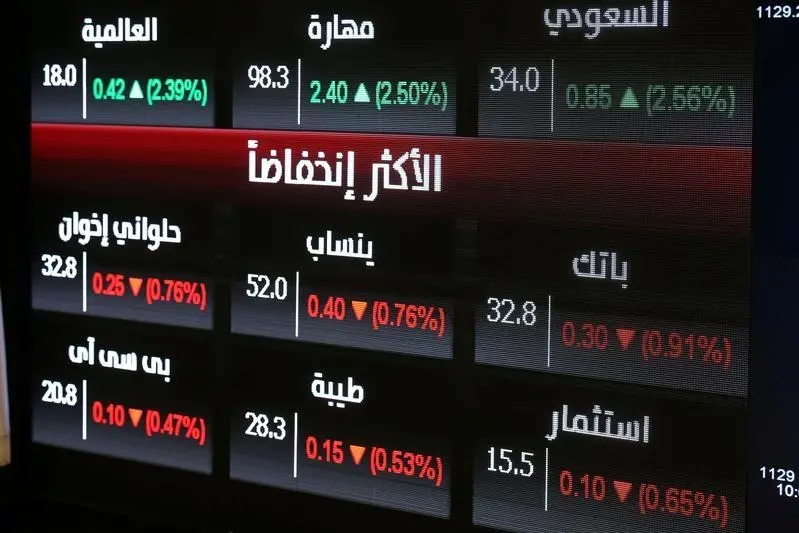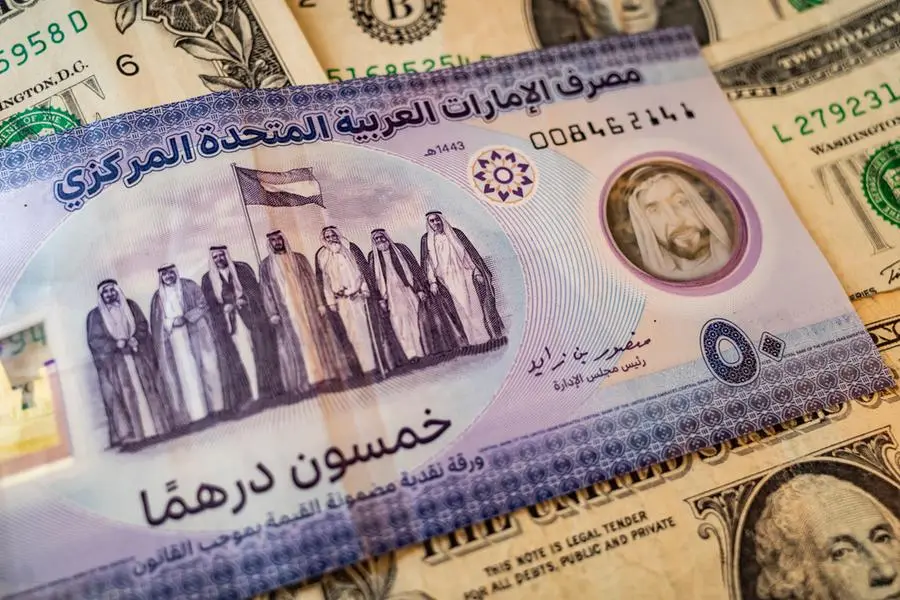PHOTO
(The opinions expressed here are those of the author, a columnist for Reuters.)
LITTLETON, Colorado - China adopted classic cutthroat pricing to shift a record 120,427 megawatts (MW) of solar module capacity exports in the first half of 2024, ensuring the country remains the dominant solar supplier despite ongoing trade disputes in key markets.
The first half tally was up 6.3% year-on-year or around 7,150 MW above the previous record half-year period - set in the opening half of 2023 - and means the country has exported nearly 720,000 MW of solar module capacity since the start of 2020, data from think tank Ember shows.
Key to the strong export flow was a steep cut in module prices, which averaged 13.7 cents per megawatt over the first half of 2024, compared to an average of 18 cents/MW for the whole of 2023.
China's module prices have roughly halved from their average of 2022, and are by far the cheapest components available globally for each megawatt of solar generation capacity.
KEY MARKETS
Europe was the top destination for China's solar modules, accounting for 43% of the total, or 52,158 MW.
That total was down 20% from the same period in 2023, as high interest rates, economic growth concerns and trade tensions with China stifled solar installation demand across the continent.
Nonetheless, Europe's purchase total was the second highest tally for a half-year period behind the first half of 2023.
The Netherlands remained the top country market for China's modules, taking in 23,421 MW of capacity during the opening half of the year.
While that total was 25% less than during the opening half of 2023, The Netherlands' purchases were still more than twice the size of any other nation during the first half of the year.
Spain, Germany and Italy were also notable buyers in Europe, but all also showed steep year-on year contractions in purchase volumes, Ember data shows.
Brazil was China's second largest market during the first half of the year, snapping up 10,511 MW of capacity.
That total was up 10% from the same period in 2023, and contrasts with a slight contraction in imports by the Latin American region as a whole during the first half of the year.
GROWTH AREAS
Asia was the second largest regional destination for China's solar parts, accounting for a record 32,109 MW of capacity, or around 27% of the total.
That total was 86% more than during the first half of 2023, and was driven mainly by strong growth in South Asia.
Pakistan was Asia's largest single market, accounting for 10,450 MW, while India snapped up 8,324 MW.
Both markets recorded more than 200% jumps in solar imports from the same period in 2023, and represent key growth markets for China in the future.
The Middle East was another key destination for China so far this year, with exports to the region topping 13,000 MW for the first half of the year to account for a record 11% share of China's total solar panel and parts exports.
That compares to 6,228 MW during the first half of 2023, and was driven in large part by strong purchases by Saudi Arabia (7,649 MW), United Arab Emirates (1,892 MW) and Oman (1,396 MW).
Elsewhere, North America remained a tiny market for Chinese panels and parts due to the ongoing trade spat between China and the United States, while Africa's purchases shrank by around 9% from the first half of 2023, and accounted for only 4.3% of China's total sales.
Overall, and despite slower sales into Europe, the strong growth pace of exports to the Middle East and South Asia bodes well for China's export-oriented solar sector, as those markets look primed for further sustained growth in the decades ahead.
China's steep cost cuts also look set to undermine the production potential of solar modules in other regions, and ensure Beijing's continued dominance of the sector.
(Reporting by Gavin Maguire; Editing by Shri Navaratnam)
